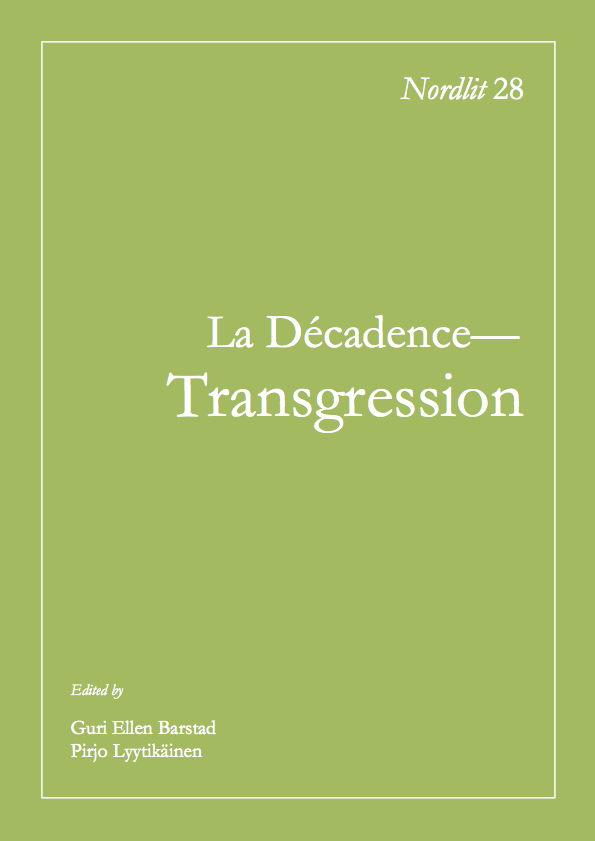Edison's Modern Legend in Villiers' L'Eve future
DOI:
https://doi.org/10.7557/13.2053Keywords:
Villiers de l’Isle-Adam, “Eve future”, Thomas Edison, 19th century French press, science, phonograph, android, decadenceAbstract
This paper analyzes the characterization of Thomas Edison in Villiers de l’Isle-Adam’s L’Eve future (1886) in an effort to explain how the author constructs this figure’s modern legend in the novel’s “oeuvre d’art-métaphysique.” Choosing an inventor protagonist in a work that recommends itself on its serious, artistic purpose stands out in late 19th century literature because, at the time, such characters are associated with popular literature. Villiers stresses the uniqueness of his Edison by suggesting comparisons with such literary and mythological precursors as Faust and Prometheus only to show that his protagonist has little in common with them: this inventor looks down upon humanity and wishes to reform it, while being arrogant and happy in his lucrative business.
Edison’s seemingly occult task is to copy a woman, and this paper argues he achieves success not because he produces a functioning android but because he presents his machine as an occult device to his decadent interlocutor. This spectacular marketing recalls that of the phonograph, as well as the staging of devices in Edison’s stands in the
International and Electrical Expositions of the 1870s and 1880s. Villiers’ depiction of the protagonist as astute showman does not, however, amount to a criticism of his technological abilities. Instead, the author’s emphasis on these characteristics goes to solidify his legend as a modern, unique tale of economic success through applied science.









